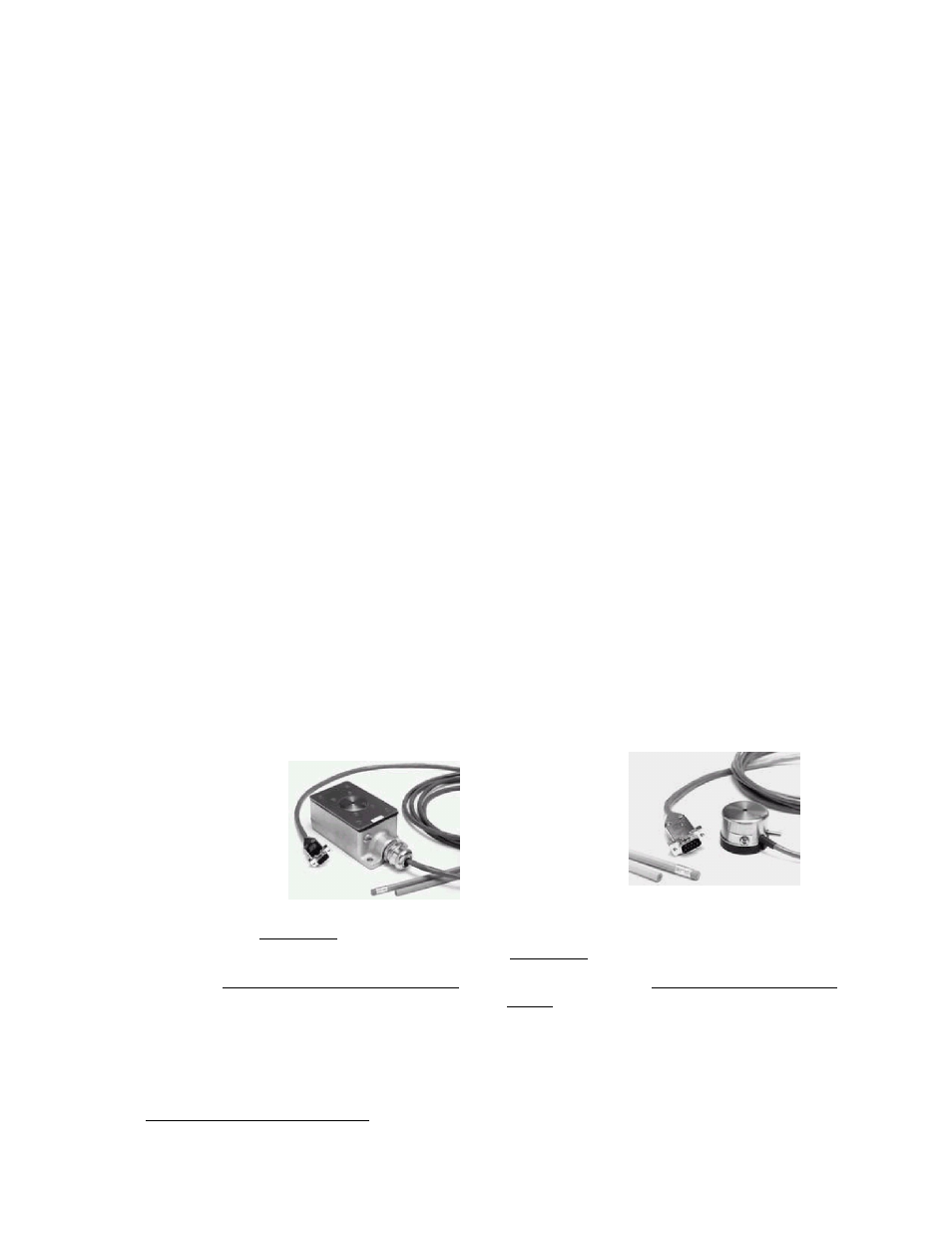Monroe Electronics Electrostatic Fieldmeter - Static Monitor - model 177A User Manual
Page 80

APNE-0016
79
Fieldmeters located immediately following active or passive charge control devices (ionizers) monitor
the effectiveness of the devices.
Zeroing needs to be checked at least monthly to compensate for drift of the zero point. Model 1036
probe calibrations should be checked yearly during routine machine maintenance shutdowns.
Monroe Electronics provides this probe calibration service.
The Model 177A Static Monitor includes programmable output alarms. If static levels in your
application exceed your defined values, a first-level alarm is triggered to warn about the elevated
static levels. The process is allowed to continue at this first (warning) level. If the problem is rectified
and static levels return to normal, the first-level alarm is extinguished and the static monitor returns
to a normal state.
If the problem persists and if the static levels rise to exceed a second-level (crucial) alarm, a second-
level alarm is triggered. The second level alarm signal(s) can be used to shut down the operation
until it is brought under control, or to further warn the operator of the more serious condition.
Consult the Model 177A Operator’s Manual for information about its features and operation. A full
description of the operation of the Model 177A Static Monitor is contained in its operating manual.
This information will not be repeated within this application note.
II.
Using Models 1036E and 1036F Electrostatic Fieldmeter Probes
General
Models 1036E and 1036F electrostatic fieldmeter probes are electrically identical and
interchangeable. The major differences are physical. Model 1036F is a small (1.75” dia. x 1.25” H),
lightweight version for general-purpose applications, or where available space is a problem. Model
1036E, for most industrial applications, is a 1036F probe built into a standard Crouse-Hinds ½”-FS1
electrical box with a stainless steel cover.
Both probes utilize the same vibrating capacitor modulator, and both have built-in provisions for
purging with filtered air to prevent contamination and long-term drift. Inert gas can also be used for
purging in hazardous areas where the probe will be used in an inert gas atmosphere. Purge gas flow
in the Model 1036F exits only through the sensitive aperture in the gradient cap
4
. Gas flow in Model
1036E is directed across the face of the gradient cap as well as through the sensitive aperture.
Typical applications are static level safety monitoring in flammable atmospheres, and static level
quality monitoring in sensitive machine areas.
Figure II-1
Figure II-2
Model 1036E Fieldmeter Probe
Model 1036F Fieldmeter
Probe
4
The gradient cap is the reference surface of the fieldmeter probe that contains the aperture and that faces the
target surface during measurements.